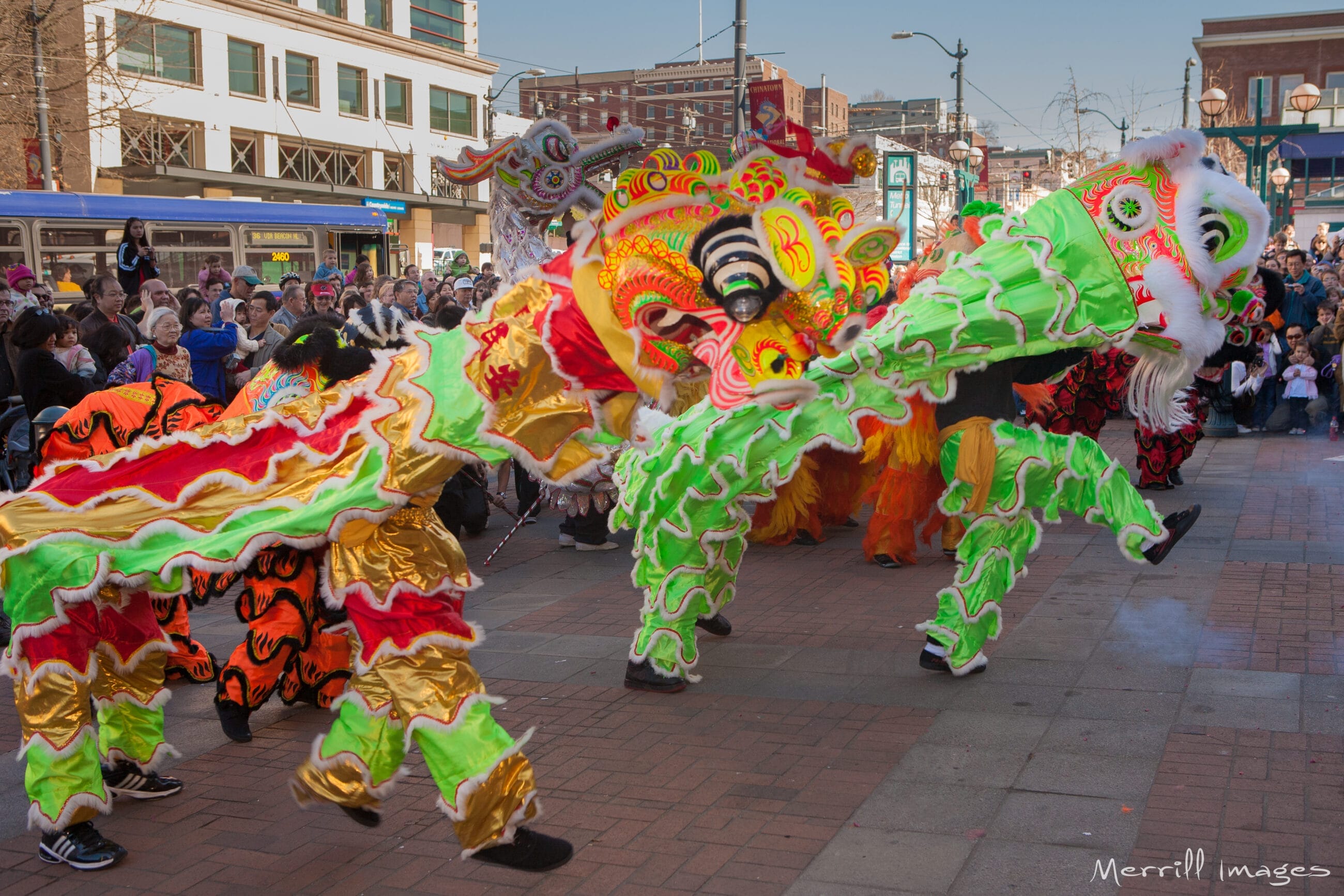Seattle Chinatown-International District

This Seattle destination contains three microneighborhoods: Chinatown, Japantown, and Little Saigon. Chinese immigrants were among the area’s first migrants, drawn by the promise of gold as early as the 1850s. Japanese immigrants followed in the early 1900s. Both groups suffered from both federal and local efforts to marginalize and exclude them. The Chinese Exclusion Act of 1882 banned Chinese immigration and restricted naturalization. Six years later, federal troops were called into Seattle to control violent efforts to forcibly evict Chinese residents onto outgoing steamers. Widespread violence was averted, but the damage was done: Seattle’s Chinese population was decimated and only a few dozen remained.
Japanese immigrants then began arriving to take up many of the jobs previously held by Chinese–until the Asian Exclusion Act of 1924. By World War II, almost 90% of the agricultural workforce in eastern King County were Issei or Nissei, first or second generation Japanese immigrants. These residents were removed to incarceration centers during World War II under Executive Order 9066.
As recently as the 1960s, with the construction of Interstate 5 through the center of the International District neighborhood, Seattle’s Asian community found itself fighting to defend both its physical integrity and its rightful place in the city. In 1986, sections of Chinatown and Japantown were listed on the National Register of Historic Places, ushering in a new era of recognition and celebration. Today, the Chinatown-International District is a thriving cultural center and vibrant community hub, boasting historic landmarks, heralded restaurants, entrepreneurs, jazz and blues music, and art.
- More Information:
- Website
- Location:
- Seattle, WA | Google Maps

